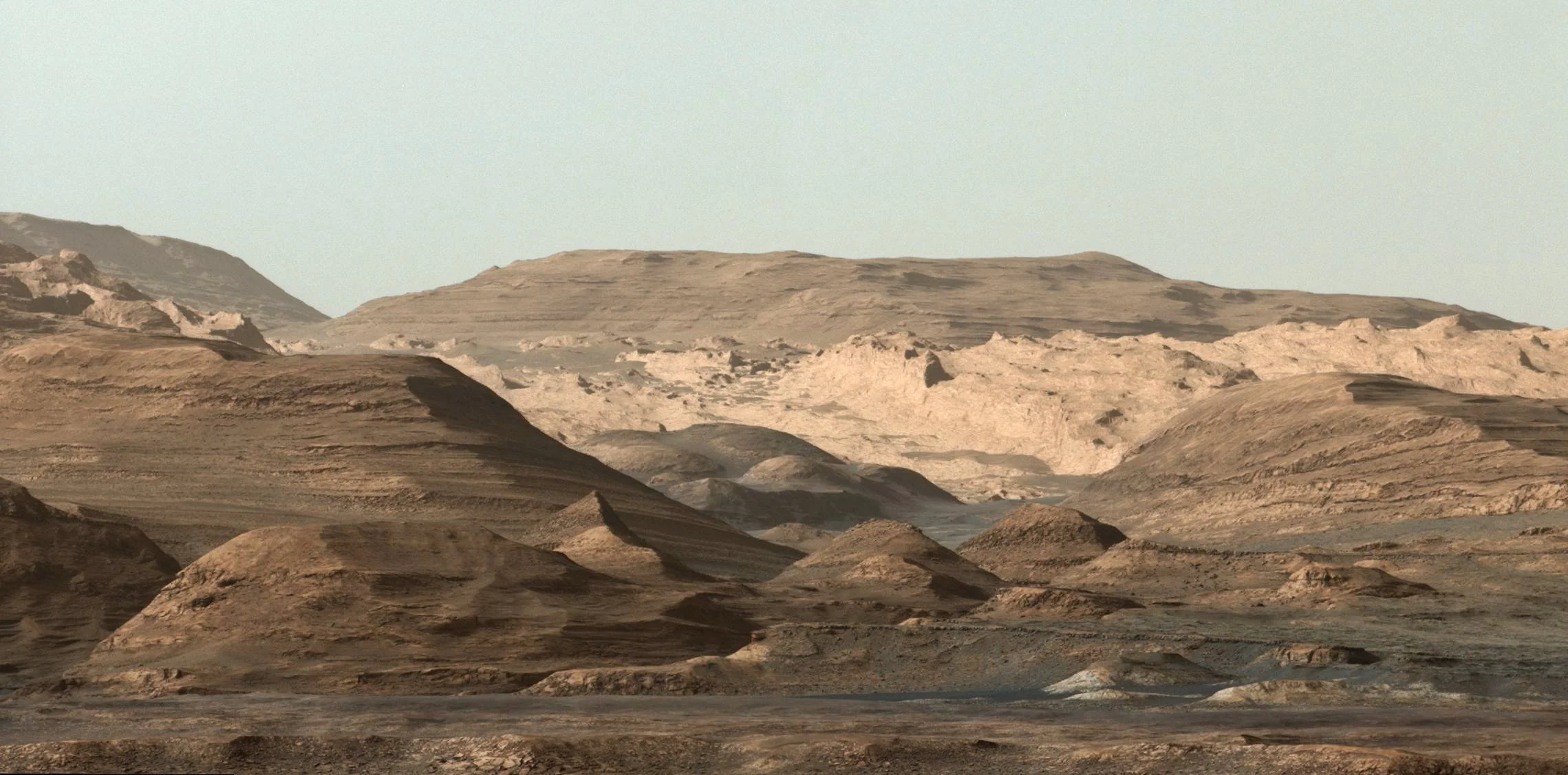A seemingly ordinary star cluster of roughly ten million stars known as Omega Centauri looks like a fuzzy patch in the night sky from Southern latitudes. Through a telescope, it resembles other globular clusters. However, astronomers discovered a central black hole within its boundaries—not just an ordinary black hole but one that is considered a "missing link" in black hole evolution.
Image Credit: NASA and G. Bacon (STScI)
The Elusive Intermediate-Mass Black Holes
Black holes are known to exist in a range of sizes, from stellar black holes, a few times the mass of our Sun, to supermassive black holes that are millions or billions of times more massive.
The current theory of galaxy evolution suggests that the earliest galaxies should have had intermediate-sized black holes at their centres, which grew over time. However, finding these intermediate-mass black holes has been a significant challenge. Larger galaxies like the Milky Way have evolved beyond this stage, while smaller dwarf galaxies, which might still contain such black holes, are difficult to observe with current technology.
Omega Centauri is unique in this context. It is thought to be the core of a smaller galaxy that was absorbed by the Milky Way, preserving its central black hole. This "frozen" state provides a rare snapshot of black hole evolution.
Omega Centauri as seen by ESO's La Silla Observatory on the outskirts of the Chilean Atacama Desert (Image Credit: ESO)
Tracking High-Speed Stars
To confirm the presence of a black hole in Omega Centauri, astronomers needed to detect stars moving rapidly around it. Nadine Neumayer of the Max Planck Institute for Astronomy and Anil Seth from the UnivUniversity of Utahrsity of Utah started a project to delve into Omega Centauri's history. They tasked PhD student Maximilian Häberle with cataloguing the motions of stars in the cluster, analysing over 500 Hubble images originally intended for instrument calibration.
Häberle's detailed work led to the discovery of seven fast-moving stars near the cluster's centre, indicative of a central massive object. This mass, calculated to be around 8,200 times that of our Sun, fits the profile of an intermediate-mass black hole. This finding not only confirms the black hole's existence but also provides the best evidence yet for such a black hole.
At about 18,000 light-years away, this is also the nearest known massive black hole ever discovered. Even the supermassive black hole at the centre of our own galaxy, Sagittarius A*, is further away, at about 27,000 light-years from us.
A view of the entire globular star cluster Omega Centauri — a closer look at its central region — and a detailed image of the core highlighting the location of the mid-size black hole identified in the current study. - (image Credit: ESA/Hubble & NASA, M. Häberle (MPIA))
Future Research with Advanced Telescopes
With the intermediate-mass black hole in Omega Centauri now confirmed, astronomers are gearing up for more detailed studies. Neumayer, Häberle, and their team plan to use the James Webb Space Telescope to measure the movement of these high-speed stars. Future instruments like GRAVITY+ at ESO's VLT and MICADO at the Extremely Large Telescope will allow for even more precise observations.
The goal is to follow the stars' orbits around the black hole, akin to the Nobel Prize-winning research near the Milky Way's central black hole. Due to the smaller mass of Omega Centauri's black hole, these orbits take much longer, extending the research to future generations of astronomers.
The discovery of this intermediate-mass black hole not only resolves a long-standing scientific debate but also offers critical insights into black hole evolution, illuminating the path from smaller stellar black holes to their supermassive counterparts.
If you are interested in more details about the underlying study, be sure to check out the paper published in the peer-reviewed journal Nature, listed below.
Sources and further reading:
Too busy to follow science news during the week? - Consider subscribing to our (free) newsletter - (Universal-Sci Weekly) - and get the 5 most interesting science articles of the week in your inbox
FEATURED ARTICLES:







